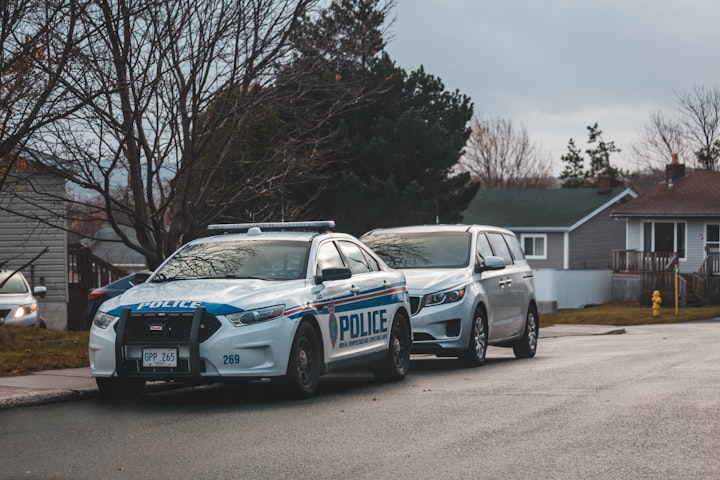Unreliable Witness (a serialized mystery novel - Part 1)
When the mummified remains of a Victorian woman are washed ashore on a beach in 21st century Cornwall, Meghan Polglaze, a marine archaeologist, sets aside her grief and loss to pursue the truth.

UNRELIABLE WITNESS
PROLOGUE
The night sky stained scarlet and word of the disaster spread like a speck of blood through water.
Across the bay, a night fisherman was settling his rods on the sharp granite rocks just below the Coastguard station on Pendennis headland. He immediately phoned his wife and later swore he had seen only one parachute flare, that it was just after half past ten and the night had been cold and clear.
A sous chef taking a shortcut home along the coast path between Gyllyngvase and Swanpool beaches was certain he saw two flares go up in quick succession. He had uploaded a photograph of the flaming sky to his Instagram account at 22.47. Friends he’d left in the bar at The Grapes in Falmouth town shared the image.
Miles away, along Wherrytown promenade in Penzance, a dog walker spotted what she described to her friends the next day as a strange crimson glow at sea, somewhere out toward the Lizard. She was adamant it had been around 10.25pm because she walked Murray, her Jackapoo, at the same time every night, and, as she later impressed upon the investigator, Murray was as regular as clockwork.
At the Five Pilchards in Porthallow, the landlord had yet to call last orders when regulars having a quiet cigarette outside in the cold October air thought they’d seen a flash from a firework out to the west before hearing what they described as the ‘sickening crunch’ of fibreglass and metal on unforgiving rock. They had rushed to the cobbled shoreline a few metres away but could see nothing of what had caused the noise.
The official log showed a shout went up for the volunteer RNLI crew on the Lizard peninsula at 22.57 hours. They launched the Tamar class all-weather lifeboat ‘Rose’ from Kilcobben Cove a mile and a quarter east of the Lizard Lighthouse at exactly 23.27. She returned to the station at 02.17, having found no survivors from the craft that had struck the Manacles Reef with a shuddering finality, caught fire, and sunk seven minutes before they reached the site.
The RNLI reported conditions at the time of the incident as ‘Wind: Easterly 3 - 4, Visibility: Fair, Sea State: Moderate’. According to the fisherman, the sea state was ‘ideal’ from his sheltered position on the lee side of the headland where the gathering easterly and conditions were good for catching bass, while the sous chef described the sea as ‘flat calm, like a mill pond’ from his vantage point overlooking the bay around fifty feet above sea level. In Penzance, the sea was as ‘rough as rats’ according to the dog walker, with churn depositing piles of kelp along the shore, and Murray the Jackapoo needing a thorough bath when he got home because ‘Lord knows, he stank to high heaven’.
The event was widely reported.
The local newspaper, choked with ads to keep it afloat, hoped the tragedy would see a marked increase in sales for at least a fortnight, so gave the incident more than a respectable number of column inches in words and photographs. A delighted sub-editor saw the opportunity for a Shakespearean reference, penning the headline: ‘Cleopatra: burned on the water’ along with a strapline that ran ‘mystery tragedy hits super-yacht’. A news feature relayed the brief history of the luxury vessel that had sunk within an hour of setting out on her maiden voyage.
When interviewed for local broadcast news the next day, a spokesperson for the Maritime and Coastguard Agency confirmed ‘all assets had been deployed’ to locate the seven crew and six passengers, before quickly correcting his comment to identify the ‘assets’ as the RNLI.
For those who saw or heard anything of events that night, the news of the loss of the craft was like a summer squall: it blew up out of nowhere, soaked those on land, then quickly disappeared. Likely a tragic accident, but still a minor one in the history of shipwrecks off the Cornish coast. To those locals struggling to make ends meet, it was one of ‘them there overblown super-yachts, not fit for purpose and owned by some bugger with more money than sense’. Those who earned their living from the sea indulged in detailed speculation about how the tragedy could have occurred, spending many an hour around firesides in coastal taverns remembering shipwrecks of the past, both recent and historic. For the lifeboat crew it was a far from ideal outcome and weighed heavily until the next shout that saw them save lives and avert tragedy. All said, there would have been little motivation to remember the wreck as much more than a blip on the radar, as the ebb and flow of life’s reassuring monotony returned.
But then the body washed up. And with it more questions, gossip and stirred-up superstition than had visited the peninsula in decades.
Next Chapter: 17th November!
About the Creator
Elaine Ruth White
Hi. I'm a writer who believes that nothing is wasted! My words have become poems, plays, short stories and novels. My favourite themes are mental health, art and scuba diving. You can follow me on www.words-like-music, Goodreads and Amazon.






Comments
There are no comments for this story
Be the first to respond and start the conversation.